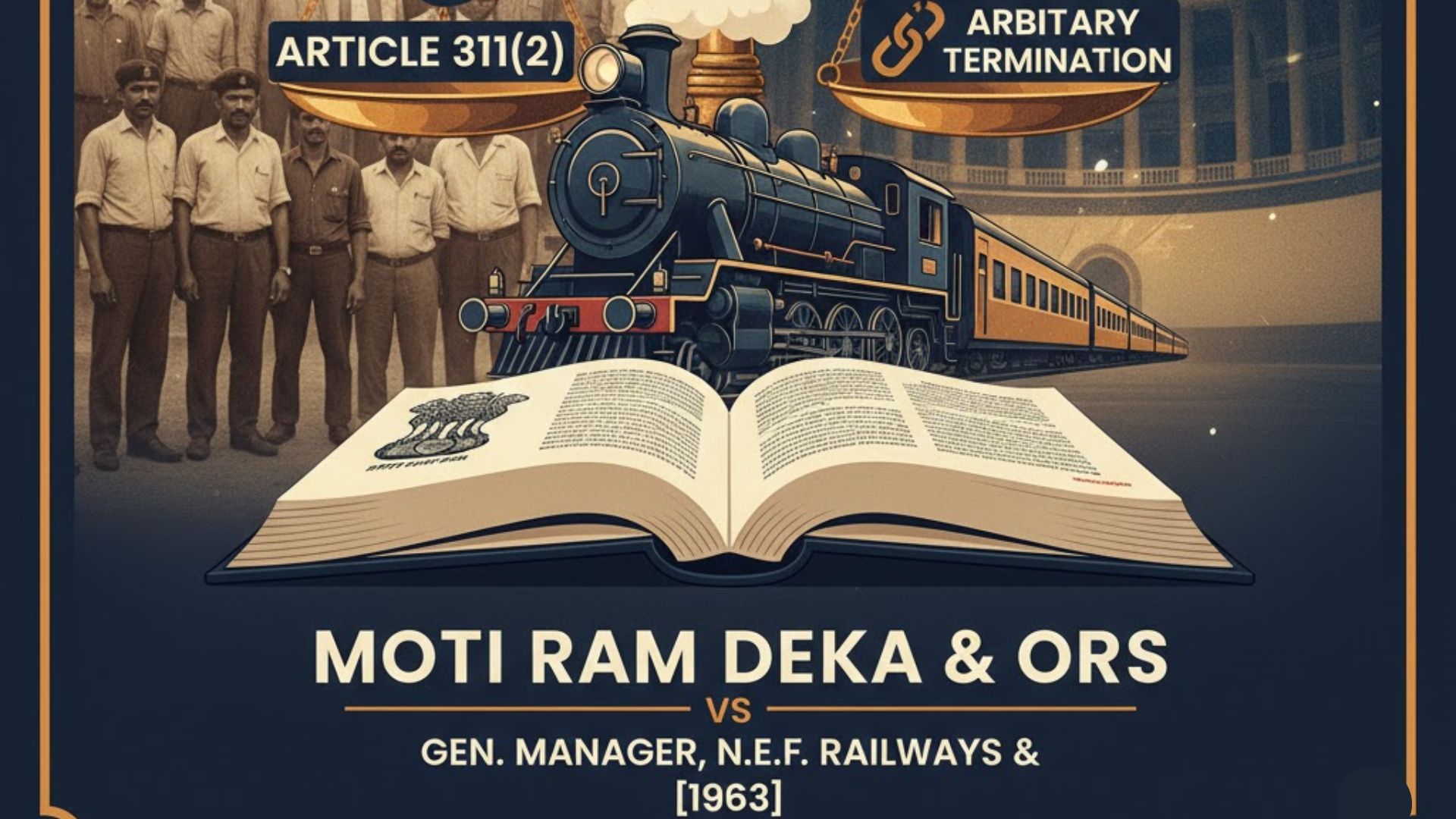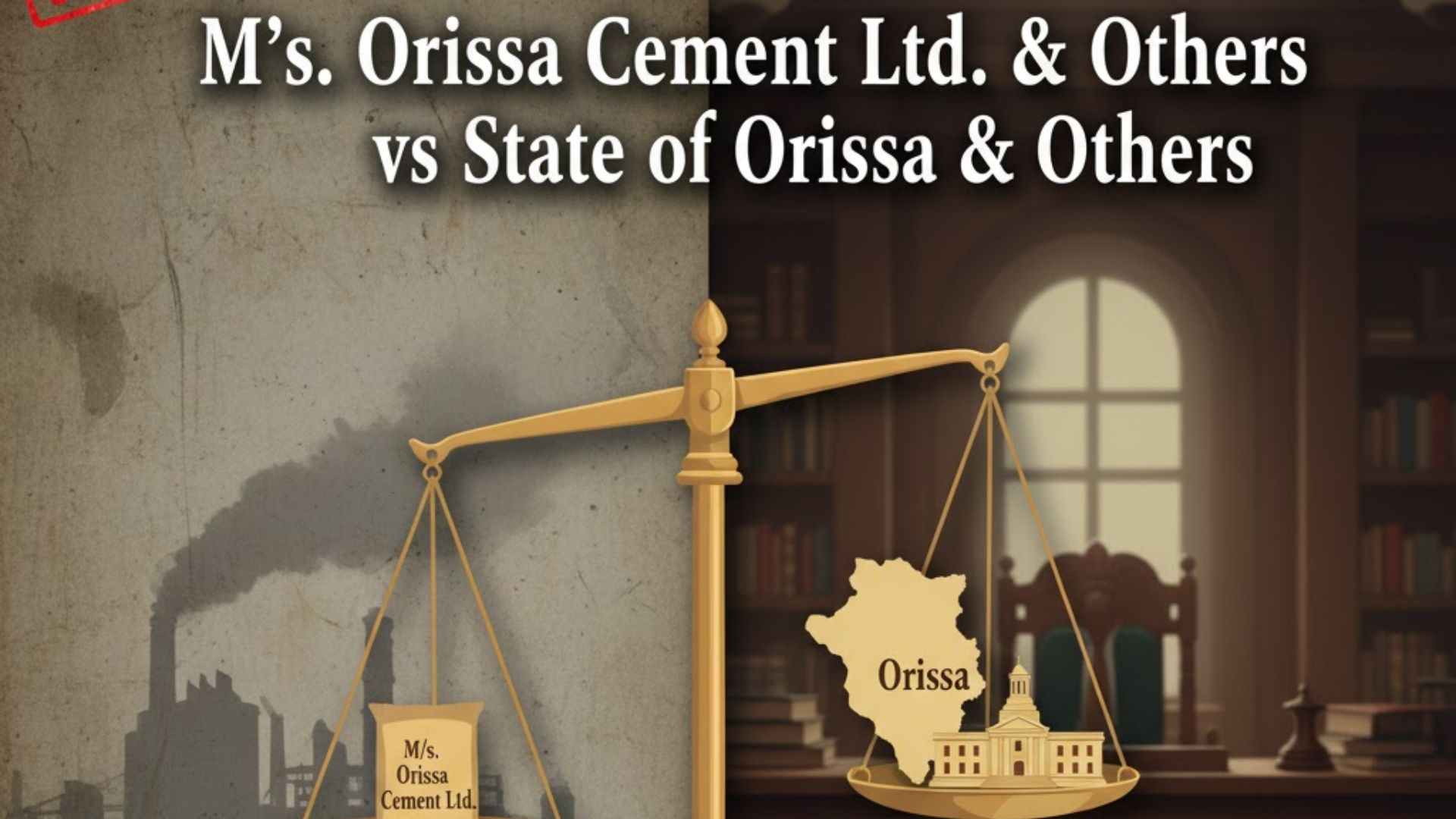1. By this petition under Article 226 of the Constitution of
India, the petitioners have challenged the Notifications dated 27th November, 2009 and 15th June, 2010 at Annexures ""B"" and ""E"" to the petition,
as illegal and unconstitutional and sought an appropriate appropriate writ, order or direction, quashing the same. The petitioner is an association,
constituted under the Code of Communidades.
2. The petitioner is the owner of a land bearing Survey No.16/1 of Village Davorlim of Salcete Taluka. The petition is by the Communidade and
challenges the proposed acquisition of this land.
3. It is alleged in the petition that the first respondent was pleased to issue a notification u/s 4(1) of the Land Acquisition Act, 1894, stating therein
that 1,20,000 sq. metres of land specified in the schedule is needed for the public purpose, viz. development of Multipurpose Utility Project, at
village Davorlim. The petitioner states that upon issuance of this notification, the Communidade filed objections. Despite objections raised, the
second respondent, namely the Land Acquisition Officer prepared a report dated 24.5.2010, rejecting the objections of the petitioner and other
persons by observing that the land was being acquired on demand of the villagers. The objection of the petitioner, that the proposed acquisition is
not in public interest and the villagers are opposed to the same as it is not meant for their benefits, has not been taken cognizance of and ultimately,
under Declaration Section 6 of the Land Acquisition Act, 1894, came to be issued on 15th June, 2010.
4. Learned Counsel appearing on behalf of the petitioner submitted that the petitioners were handicapped inasmuch as the Goa, Daman and Diu
Land Acquisition Rules, 1972 contemplate that the procedure for hearing objections u/s 5A of the Act must be meaningful and purposeful. Inviting
our attention to sub-rule (3) of Rule 4, it is contended that the specific objections not only pertain to the genuineness of the notified public purpose,
its suitability for the same, but that the area proposed being excessive and that the objectors'' land has been selected maliciously and vexatious and
finally the acquisition will destroy or it will impair historical or artistic monuments and places of public resort or will take away important public
rights of way or other convenience or will desecrate religious buildings, graveyards and the like. It is submitted that the notified area is excessive.
Further what is meant by Multipurpose Utility Project has not been clarified, although for raising objections the petitioners had requested for
requisite information by invoking the provisions of Right to Information Act, 2005. The letter dated 30th June, 2010 has been replied by the
second respondent, informing the petitioner that there is no report of the Multipurpose Utility Project for which the land was sought to be acquired.
5. In such circumstances, considering the purpose of acquisition, a vast tract of land being acquired, and the petition is filed by the Communidade
itself, this Court issued notices and affidavits in reply have been filed on behalf of the respondents by the Under Secretary (Revenue), Government
of Goa. The deponent stated that various organizations represented to the Government for setting up of institutes, imparting educational, vocational,
technical training and even for cultural and social activities which are for the benefit of the community. In such circumstances, it cannot be said that
the purpose is, in any way, vague and not in terms of the concept as defined under the Land Acquisition Act, 1894. It is submitted that the
objectors were heard, but neither they could substantiate their allegations, nor could they demonstrate any prejudice. Further reliance is placed on
the site inspection.
6. It was reiterated that the Multipurpose Utility Project will process of systematized and planned progress of the entire society in economic, socio-
cultural and educational fields.
7. There is a rejoinder affidavit filed, in which an objection is raised that the representations received from certain charitable trusts and individuals
are not enough and in fact one of the trusts is not even registered.
8. A further affidavit has been filed by the same Under Secretary, in which it reiterated that the proposed acquisition will benefit the common man
and citizens, as it is for systematized and planned progress in the aforementioned fields. As instance, reference is made to representations received
from several organizations and individuals.
9. It is on this material that we have heard the learned Counsel appearing for the petitioner and the learned Advocate General appearing for the
State.
10. The learned Advocate General has contended that in the petition all that is pleaded is that the petitioners apprehend that their land is being
acquired under the garb of public purpose to suit some private and commercial interest and subsequently, the land will be transferred to some
developers or builders for construction of buildings, allegedly in the name of public utility project. Far from being adequate pleading, according to
the learned Advocate General, there is no allegation or averment that any prejudice will be caused to the petitioner. In such circumstances,
according to him, mere vagueness of the purpose mentioned is no ground to interfere in writ jurisdiction and he places strong reliance on the
decision of the Supreme Court in the case of Smt. Somavanti and Others Vs. The State of Punjab and Others, and in the case of Aflatoon and
Others Vs. Lt. Governor of Delhi and Others, , which have been followed in subsequent decisions, including in the case of Pratibha Nema and
Others Vs. State of M.P. and Others, .
11. He, therefore, submits that there is no merit in this petition and it be dismissed.
12. Learned Counsel appearing for the petitioner has submitted that the opportunity to object has to be complete and meaningful and, therefore, he
invited our attention to the Rules framed by Goa Government in this behalf. He submits that the procedure laid down contemplates that the
objections have to be considered from all angles and only then the Land Acquisition Officer can forward his report.
13. The decisions of the Hon''ble Supreme Court lay down the principle that the definition of the term ""public purpose"" in the Land Acquisition
Act, 1894 is inclusive. There has been an amendment to the said provision by Act 68 of 1984, with effect from 24/9/1984 and perusal of sub-
clause (iii) of Section 3 of clause (f), shows that public purpose includes the provision of land for planned development of land from public funds in
pursuance of any scheme or policy of Government and subsequent disposal thereof in whole or in part by lease, assignment or outright sale with
the object of securing further development as planned. The limited jurisdiction that this Court has while interfering in such matters, has been
highlighted in the decisions cited by Shri Kantak, learned Advocate General.
14. We are aware of the principles laid down in these decisions and the limitation on the powers of this Court. The argument of the petitioner that
the Multipurpose Utility Project is not a public purpose within the meaning of Section 3 (f) of the Land Acquisition Act, 1894 cannot be accepted.
The Supreme Court in the case of Pratibha Nema v. State of M.P (supra), has, apart from the pleadings that are required, held that the specified
purpose cannot be termed as vague and indefinite, merely because the same is stated in general or else the Courts would interfere under Article
226 merely because another view is possible.
15. From a reading of the material produced, we are satisfied that the Multipurpose Utility Project which is set out as the purpose for acquiring the
subject-land, clearly falls within the expression ""public purpose"" as defined in Section 3(f) of the Land Acquisition Act, 1894. Once the the
Multipurpose Utility Project has been outlined as systematized and planned progress of the layman and common citizens in the fields of education,
culture and social, then it does not require our interference under Article 226 of the Constitution of India. The two affidavits filed by Mr.
Pandharinath Naik would go to show that the allegations made that the land would be handed over for commercial development to some builders
or to private parties, are not well founded. The nature of representations received and the reference to them in the affidavits would go to show that
what the Government has termed as Multipurpose Utility Project is nothing, but providing facilities and amenities for educational, social and cultural
growth. There is, therefore, no apprehension that some commercial projects by some private builders would come up on the land in question. The
Government proposes to utilize the land in question for setting up of the facilities for overall cultural, educational and social growth, and such being
the object and purpose, we see no reason to interfere with the proposed acquisition.
16. The petition only highlights the alleged commercial interest of some private persons, without elaborating further and setting out the prejudice,
yet in larger interest of justice and considering the enormity of the land under acquisition that the Court had called upon the State to file these
affidavits. From reading of these affidavits, we are satisfied that the lands will not be transferred to some private developers or builders for
construction of commercial building to serve some private commercial interest. The desire of setting up Centre of Technical and Vocational
Education, Sports Academy, providing facilities for learning and training in classical music are in furtherance of the laudable objects and purposes
noted above. We are sure that the State will bear in mind the sentiments and wishes of the villagers and not permit any activities contrary to theses
avowed object. All measures should be taken, so as to avoid the buildings to be constructed from being utilized for purely commercial and profit
making ventures. In these circumstances, there is no reason to interfere under Article 226 of the Constitution of India. Petition disposed of. No
costs.

